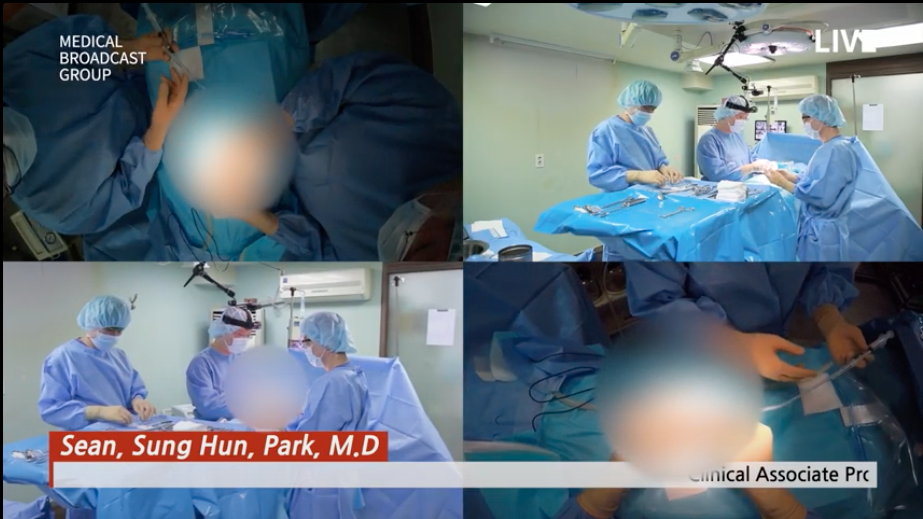"This free and straightforward method to improve patient comfort and decrease stress during first time flexible cystoscopy should be considered by clinicians," Dr. Nicholas E. Power of Western University, in London, Canada, and colleagues write in Urology.
While flexible cystoscopy has now largely replaced rigid cystoscopy, most patients still experience considerable pain and discomfort during the procedure, the researchers note.
Based on the peak-end rule, which posits that our memories are shaped chiefly by emotionally intense parts of an experience as well as the end of that experience, the team hypothesized that leaving the cystoscope unmanipulated in the bladder for a short while at the end of the procedure could lower post-intervention pain and anxiety.
To investigate, they randomized 45 patients undergoing a first-ever diagnostic cystoscopy to a standard procedure and 37 to a modified procedure, at the end of which the scope remained in the bladder for two minutes.
During this time, "the physician initiated discussions regarding findings and postprocedure instructions of care and continued the discussion after the scope had been withdrawn," Dr. Power and colleagues explain. "For the standard group, this discussion began after the removal of the scope."
Patients with a history of chronic anxiety disorders or chronic pain were excluded, as were those with previous pelvic radiation treatments or lower-urinary-tract anomalies that might complicate the procedure. Patients who required an intervention during their cystoscopy were also excluded.
Each participant's anxiety levels were self-recorded before the procedure using a numeric visual analogue scale (VAS) between 0 and 10. The two study groups were matched in terms of these scores, as well as age, gender, BMI and education.
"Increased BMI is usually a surrogate marker for how difficult a procedure will be," Dr. Power told Reuters via email, "If we have to put more force into inserting the scope due to body habitus, this can make the procedure more painful and anxiety-provoking."
Three urologists with no reported differences in their cystoscopic performance conducted the procedures. To further reduce confounding, intravenous sedation was not used.
Following the modified procedure, the resulting VAS pain scores cleared the bar for clinical significance, reported to be 33%, with a mean reduction in VAS-measured pain of 48.3% (or 11.2 mm on a 100-mm VAS).
Mean pain scores on a 0-100 VAS differed markedly between the groups, with the standard group reporting higher pain on average (23.20 vs. 11.97, P=0.039). Anxiety scores post-cystoscopy were also higher in the standard group, at 2.09 vs. 0.88 on a 0-10 VAS (P=0.013).
Dr. Yair Lotan, chief of Urologic Oncology at the University of Texas Southwestern Medical Center, in Dallas, called the new research a worthwhile "pilot study."
Cystoscopy "is invasive to a large extent, especially psychologically, to patients," Dr. Lotan, who was not involved in the study, told Reuters Health by phone. "If we can make it more comfortable with minimal cost, that's a meritable goal."
"One of the limitations, though, is that they didn't control for the results" of the cystoscopies, Dr. Lotan cautioned. "When you only have 37 patients in an arm, if you have two or three more patients in the standard arm than the treatment arm who had bad findings that could really push up the anxiety levels."
"If you saw a bladder tumor in my bladder, my anxiety-level would shoot way up, regardless of what you did to me," he said.
SOURCE: https://bit.ly/3d3aVo3 Urology, online March 11, 2021.
By Matthew Phelan
Posted on


